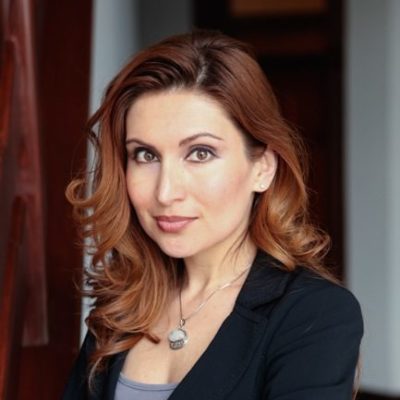California Environmental Justice Alliance is a statewide organization that works at the intersection of environmental, economic and racial justice. We spoke with Gladys Limón, executive director of CEJA, a grantee in our Community Well Being portfolio.
We spoke with Limón about CEJA’s current policy and advocacy efforts, in particular their campaign to ensure that no urban oil drilling is allowed within 2,500 feet from residential areas, schools, playgrounds, and other sensitive sites. Copious research exists demonstrating the negative effects of oil and gas drilling on communities living in their immediate proximity. However, implementing change has been difficult, even in progressive California.
One of the reasons, Limón explains, is that the "sacrifice zones"—communities with the worst air and water quality—are disproportionately located in communities of color and low-income communities. Almost 92 percent of the Californians who both live within a mile of an oil or gas well and are burdened by pollution are people of color. And these communities have historically had little political power and say over what is going on in their neighborhoods. But CEJA is working to change that.
CEJA is committed to replacing sacrifice zones with green zones. They’re committed to building community power and supporting communities of color and low-income communities living at the front lines of pollution as they advocate for themselves and transform their communities from toxic hotspots into safe and healthy communities: “It’s critical that we center equity as our pollution and climate policies evolve and get implemented. We need equity-driven policies. Otherwise, some communities will continue to be left behind and will continue to be sacrificed. And that is unacceptable,” explained Limón. This conversation with Gladys Limón has been edited and condensed for clarity.

